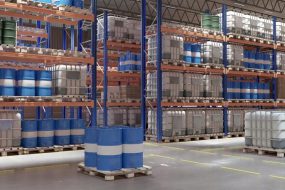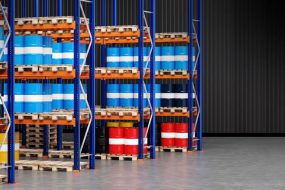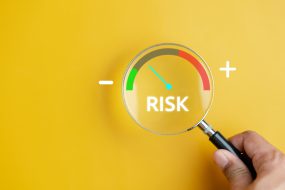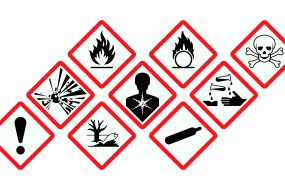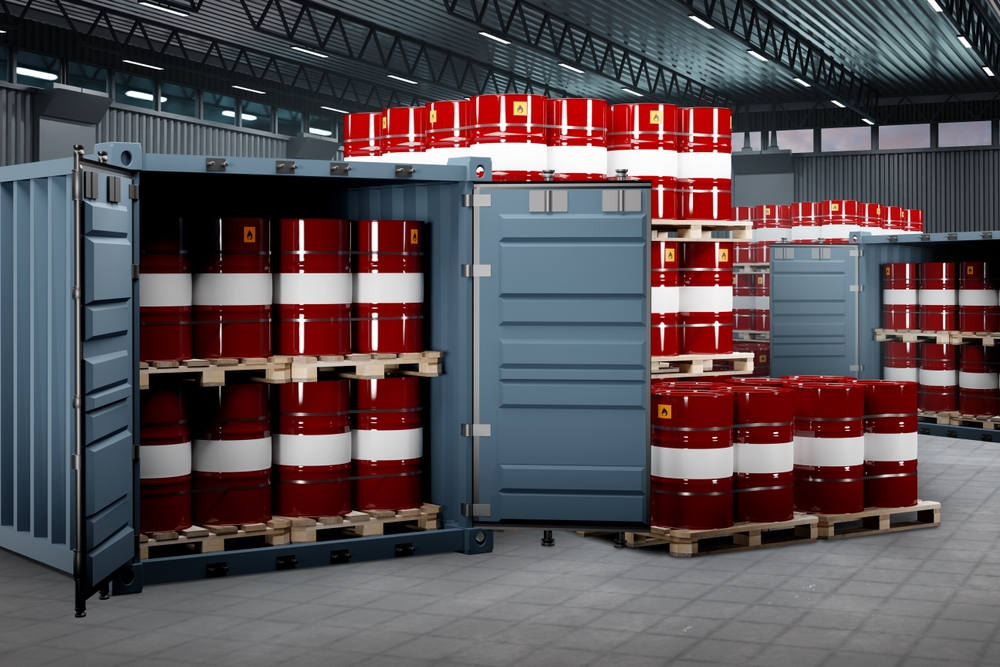

Shipping dangerous goods might sound like a niche job for specialists in hazmat suits, but it’s a vital part of modern logistics – and it’s more common than you might think. Whether it’s chemical shipping, batteries, aerosols, or flammable liquids, knowing how to ship dangerous goods safely and legally is crucial.
So, if you’re involved indangerous goods shipping here are five essential rules that will help you get your cargo from A to B without any surprises (or spills).
Rule 1: Know what you’re dealing with
Before you pack a single box, you need to understand exactly what you’re shipping. The United Nations splits dangerous goods into nine classes, depending on the type of risk they pose. These include:
- Explosives
- Gases
- Flammable liquids
- Flammable solids
- Oxidisers & organic peroxides
- Toxic & infectious substances
- Radioactive materials
- Corrosives
- Miscellaneous dangerous substances
Each class has specific rules regarding packaging, labelling, transportation methods, and documentation. This is especially important in chemical shipping, where even similar-sounding substances may have very different handling requirements. Get the classification wrong, and you risk fines, delays, or worse, safety issues.
Related reading:Hazardous materials transportation 101: What you need to know
Rule 2: Follow the global rulebooks
When shipping dangerous goods internationally, the chosen transport method determines which regulations apply.
Air freight – IATA DGR
The IATA Dangerous Goods Regulations (DGR) are the global standard for shipping hazardous materials by air. They cover everything from packaging and labelling to staff training and emergency protocols.
Sea freight – IMDG code
If you’re shipping by sea, you’ll need to follow the International Maritime Dangerous Goods (IMDG) Code. It outlines how to stow, segregate, and manage chemical and hazardous goods safely while at sea. Regulations aren’t just about red tape – they’re in place to protect people, cargo, and the environment. Staying compliant is the bare minimum for a smooth and safe delivery.
Related reading:Shipping hazardous goods internationally? Here’s what you must get right.
Rule 3: Train Up – and stay trained
One of the biggest mistakes companies make in chemical shipping is underestimating the importance of training. Everyone involved – from warehouse staff to truck drivers – needs up-to-date certification and knowledge.
Training should cover:
- Identifying and classifying dangerous goods
- Correct packaging and labelling
- Documentation
- Emergency response procedures
- Updates to international regulations
Many governing bodies require regular refresher courses, especially for air and sea freight. The more prepared your team is, the lower your risk of failure.
Related reading:Unlock the secrets to safe cross-border logistics for dangerous goods
Rule 4: Pack, label & track smart
To learn how to ship dangerous goods correctly, begin with packaging. It needs to be strong, certified, and able to handle the bumps of transit, especially for hazardous liquids or volatile chemicals. Then comes labelling. International standards require particular hazard labels and shipping markings. And the paperwork? Yes, that’s vital too. Without accurate declarations, your cargo could be held up – or worse, rejected.
And don’t forget tracking! Using real-time tracking tech means you can monitor your cargo’s condition and location throughout the journey. If something goes wrong, you’ll know about it instantly – and can take action before it escalates.
Related reading:How to safely transport chemicals: The role of proper packing
Rule 5: Let tech do the heavy lifting
Logistics has gone digital, and international shipping of dangerous goods is no exception. Here’s how tech can help:
Digital document management
Platforms now exist to handle all the paperwork for you, from permits to safety data sheets. Everything is stored securely and updated automatically, so you stay compliant without getting bogged down in admin tasks.
IoT sensors
Need to monitor temperature or pressure inside your cargo during chemical shipping? IoT devices track these metrics in real-time and send alerts if any of these values exceed their specified range.
Blockchain
Still emerging in the shipping world, blockchain creates a tamper-proof, fully transparent record of your shipment’s journey – great for accountability and trust across the supply chain.
Sustainability tools
From reusable containers to emissions tracking, today’s shippers are finding increasingly innovative ways to reduce waste and environmental impact, especially important in industries such as chemical manufacturing.
Related reading:The right way to ship dangerous goods today
Key Takeaway
Shipping dangerous goods isn’t as daunting as it sounds, as long as you know what you’re doing. With the right training, solid processes, and a bit of smart tech, you can move even the most hazardous cargo safely and efficiently.
Whether it’s paperwork, packaging, or full-scale international shipping of dangerous goods, we’re here to help. Let’s chat –get in touch today.

